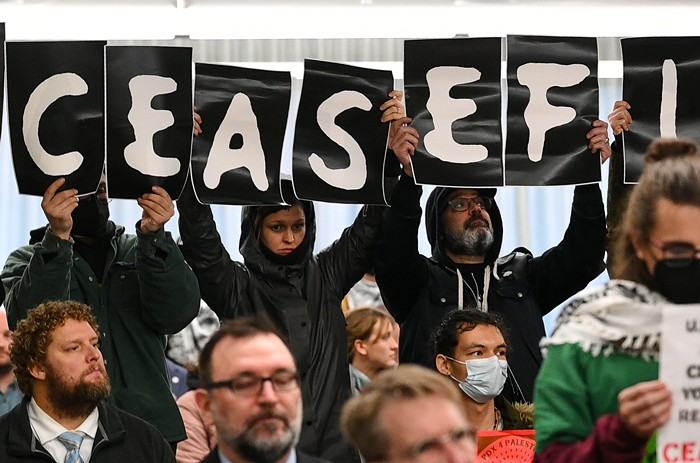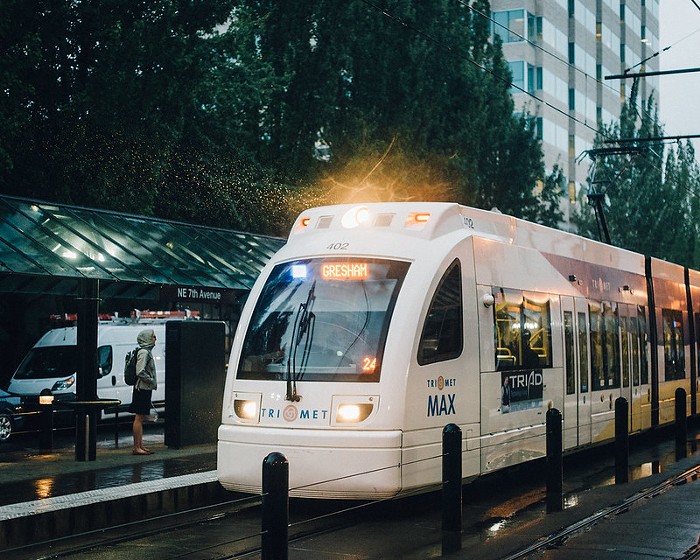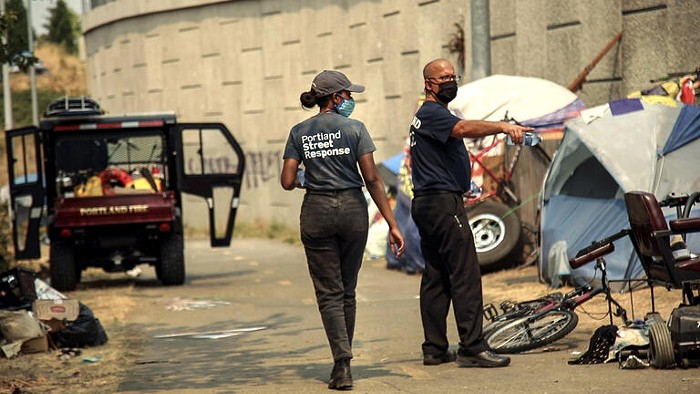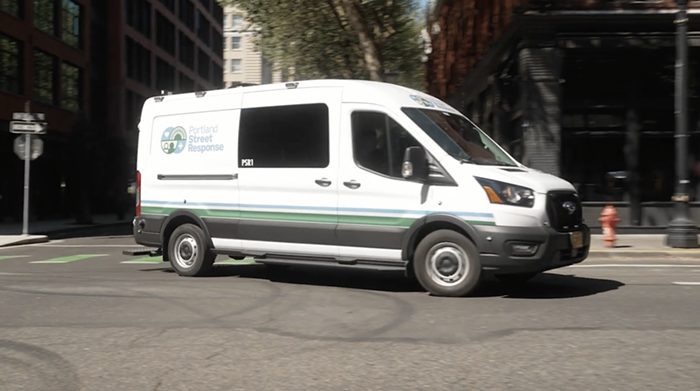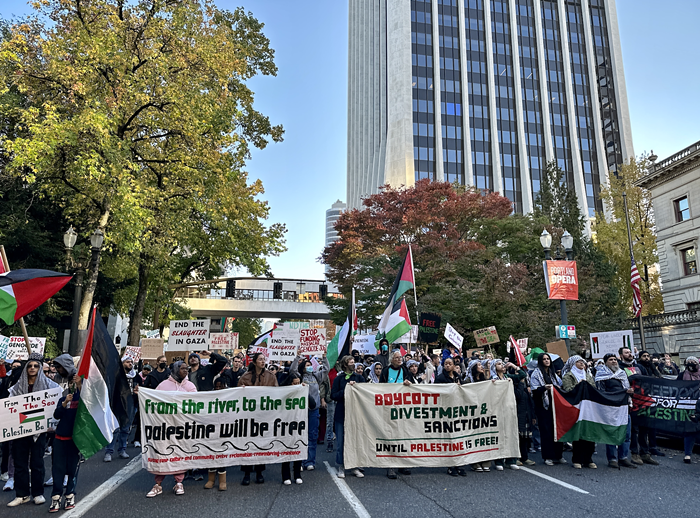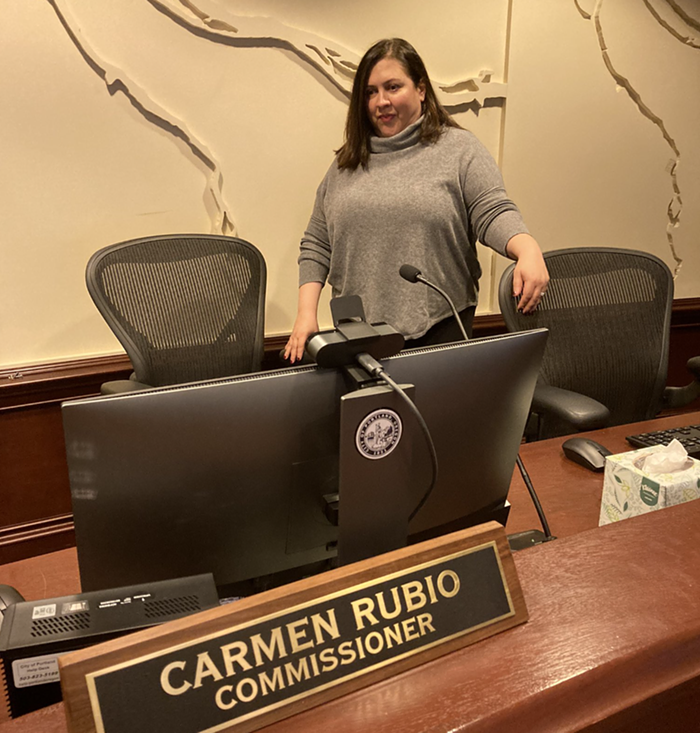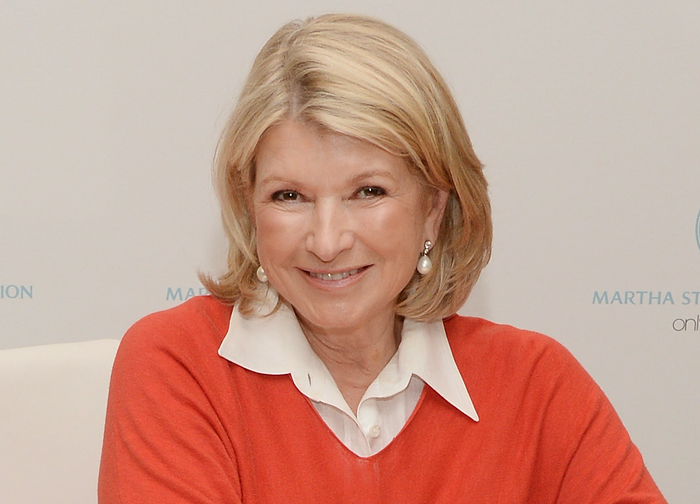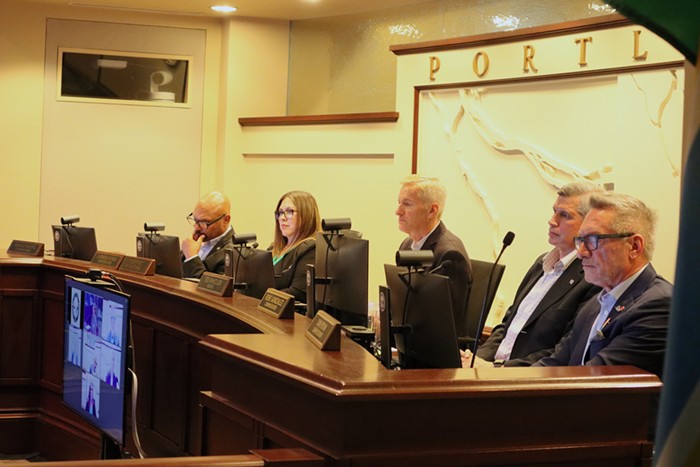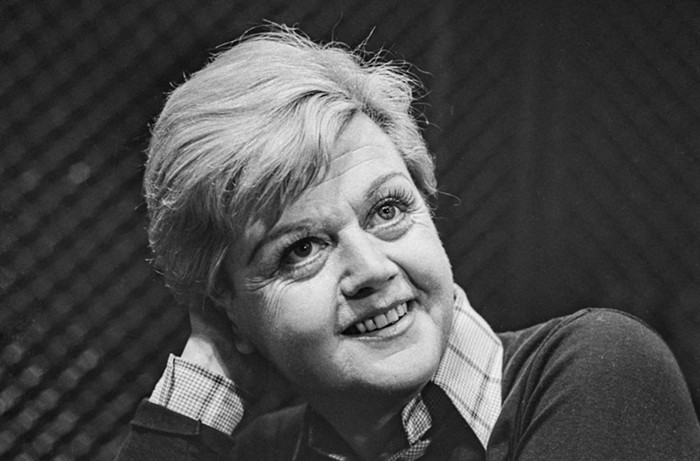HELP FOR BURNSIDE has been a long time coming. Our city's downtown artery squeezes up to six lanes of traffic between skinny sidewalks, infuriating both tourists and drivers. But downtown business owners are strongly divided over a $17-20 million plan that aims to fix Burnside.
Backers of the proposed West Burnside/Couch Couplet are gathering support for the controversial plan that has taken a decade to design. But critics are also gaining steam with their concerns that the project will tear the heart out of Portland's downtown.
"We're talking about the Portland Plan and 20-minute neighborhoods and this project is contrary to all those," says Stan Penkin, a member of the Better Burnside Alliance, a business group that formed in June to protest the couplet. "There are many things that can be done to tame Burnside, but this is a bad idea."
The basic plan to cut traffic on Burnside is simple: turn Burnside and Couch into a "couplet," parallel streets that run one-way in opposite directions. The original plan would also have doubled the width of Burnside's sidewalks, built new intersections that would allow drivers to turn more freely off Burnside, and built a streetcar line down Couch. The trade off for a better Burnside is thousands of more cars daily on Couch, a walkable street whose upper section is lined with cute boutiques, bars, and Whole Foods.
The Westside couplet proved so controversial that city planners dropped it in 2007, opting to focus first on developing the less-testy Eastside Burnside/Couch Couplet. Since the Eastside couplet opened this spring, eyes are now focused again on the plan for Portland's commercial core.
The original couplet plan aimed to reshape Burnside and Couch all the way from 1st Avenue to NW 25th to the tune of $54 million. With recession-era budgets, the city drew up a scaled-back $20 million version last winter, scrapping the streetcar from the first phase, limiting the couplet to only 2nd through 16th Avenues, and not widening Burnside's sidewalks at all.
Three million dollars of the budget will need to come from a special Local Improvement District tax on businesses along the corridor, but couplet fans have to get 51 percent of the businesses in the zone to sign on to the plan before it can move forward.
Powell's Books owner Michael Powell has spearheaded the effort to collect business signatures over recent months and says they have nearly 50 percent of neighborhood businesses on board.
"I think it would be unfortunate if we lose this opportunity. It's a street that's not working to anyone's satisfaction," says Powell. He thinks the increased traffic on Couch will bring essential "eyes on the street" to Old Town. "It's been a sad area for a long time, there's been a lot of drug dealing," says Powell.
But the anti-couplet business group Better Burnside Alliance has picked up strong support, too, in only a month of organizing.
"I think it's a really bad idea without a streetcar. It would put a tremendous amount of cars in one of the greatest places to walk and shop in the city," says Candace Parmer, Alliance member and owner of Fine Art Massage on NW 12th.
Transportation expert and current planning commissioner Chris Smith was a big fan of the original couplet, but thinks the project could damage the area since it axed the sidewalks and pedestrian plaza promised in the $54 million plan.
"We got parking instead of a plaza," Smith says.
No city council hearing is currently set for the Westside couplet, and the mayor's office seems to be weighing its options before pushing the high-stakes plan further.
"It's not on the backburner," says mayoral spokesperson Roy Kaufmann. "It's just still in progress."

